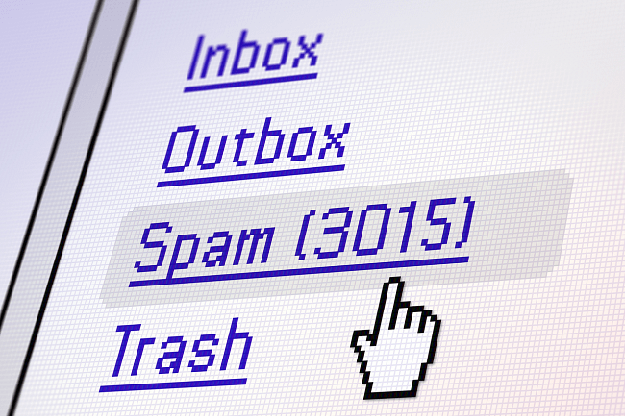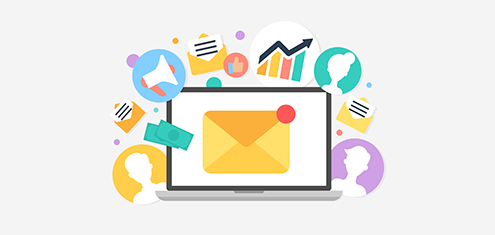
More insights for the 85% of B2B marketers who don’t have effective personas!
Mapping out your buyers’ pain and organizing via Pain Maps™ to enable the ULTIMATE Goal: Informing Engagement Personas™.
There are many different perspectives and philosophies on persona development. This makes sense, as they’re the most critical element of creating messaging and informing Message Maps™…then identifying and developing content aligned with the buy cycle…and ultimately validating the various components of a true buyer engagement strategy. In the end, persona development should be defined by how it’ll be used – in terms of purpose and context that will drive messaging, and ultimately content strategy. Other marketers will use it more as a “playbook” of all possible or available buyer insights. I’m not saying either is right or wrong, but it’s why we’ve created a new category called Engagement Personas™.


